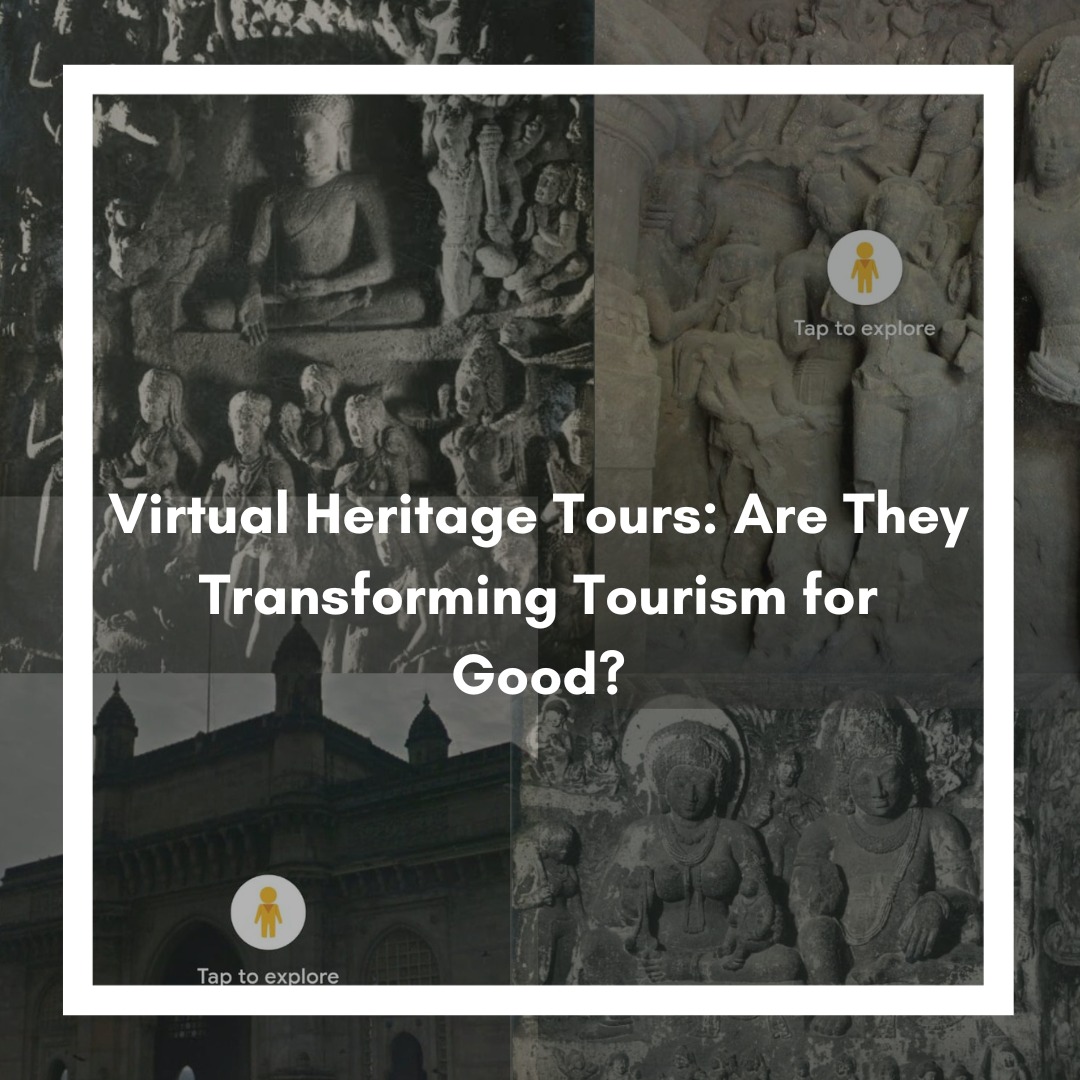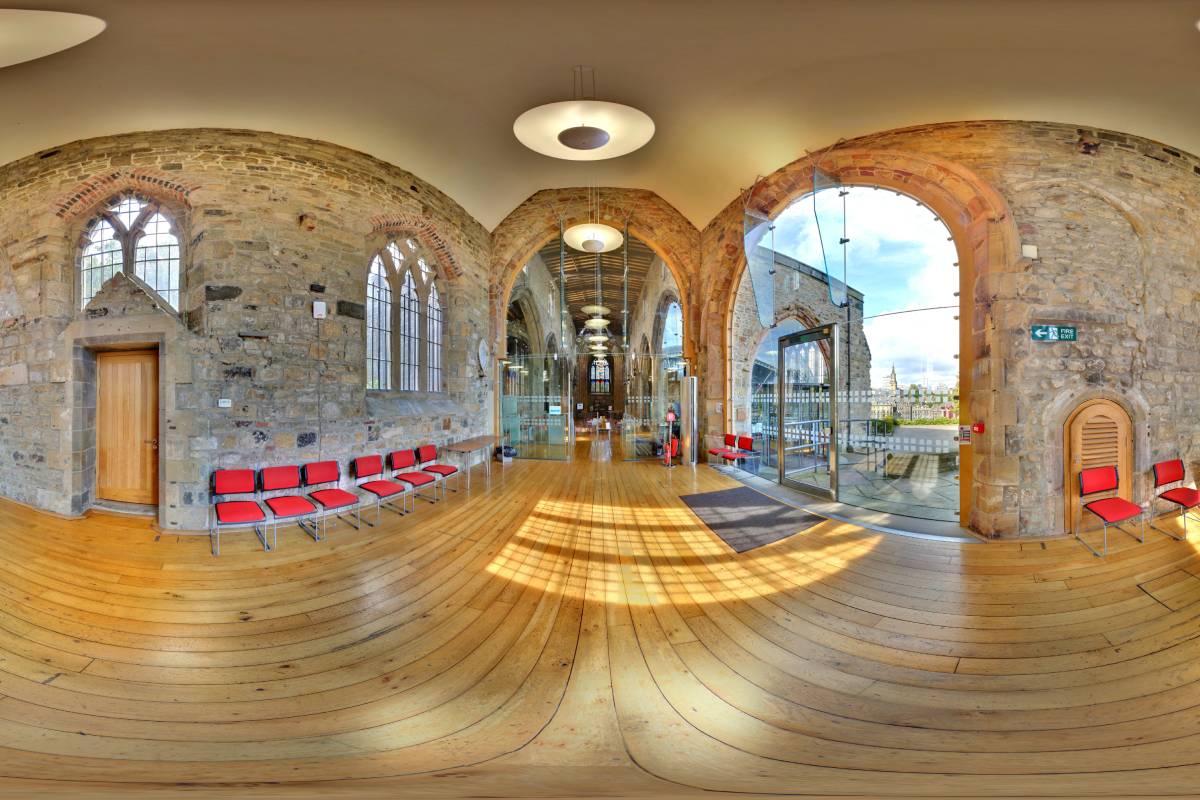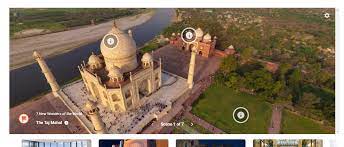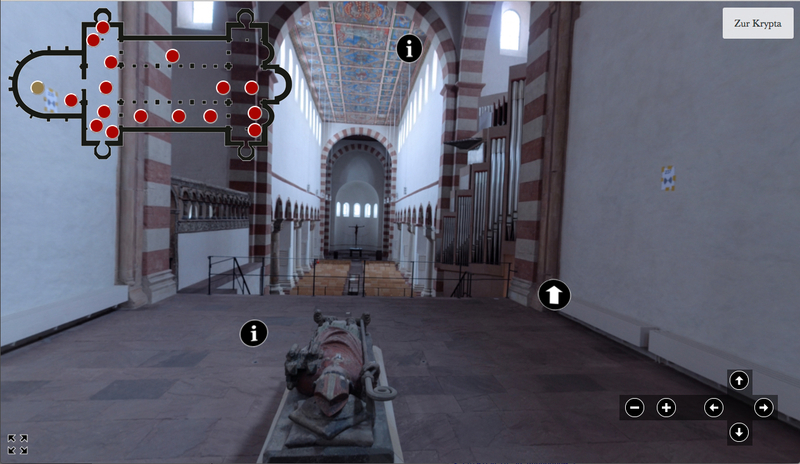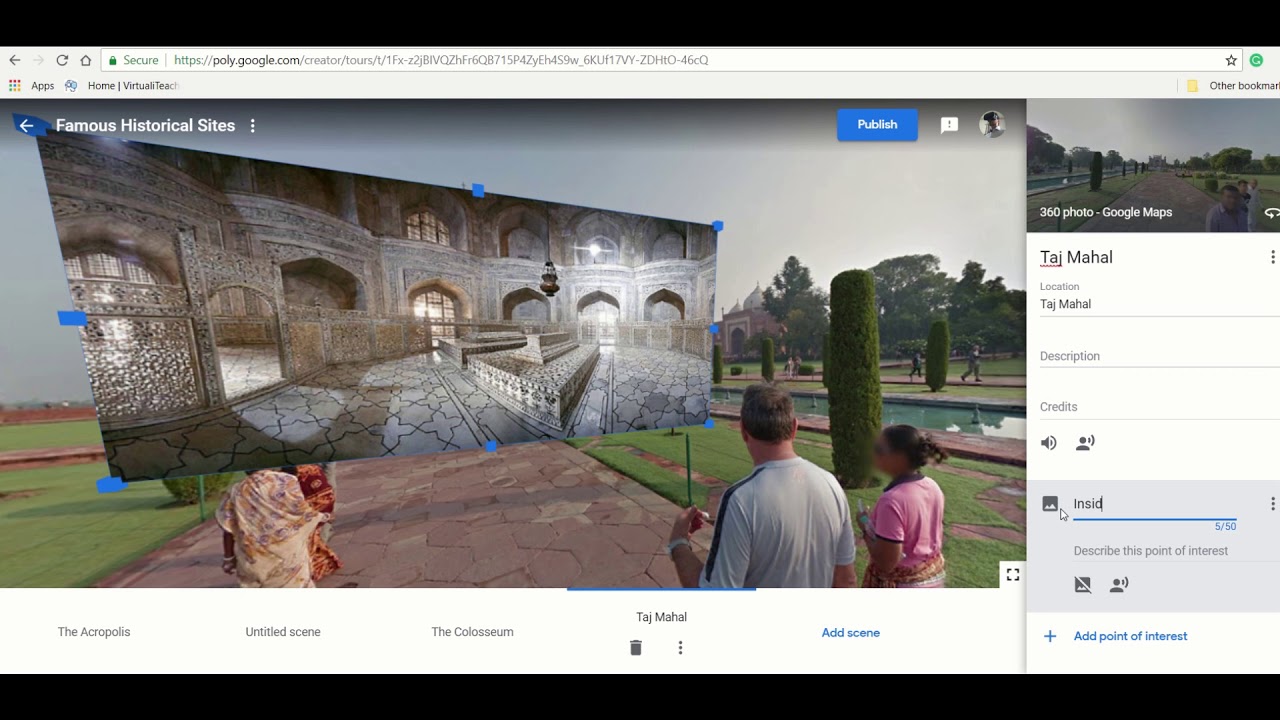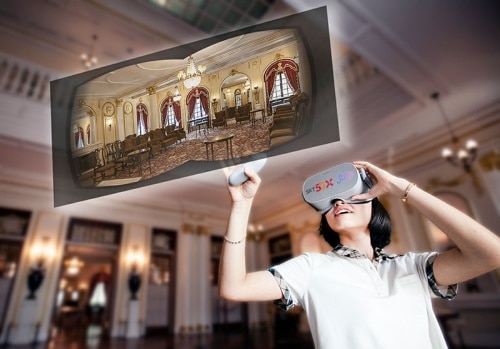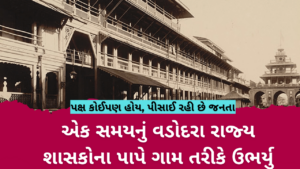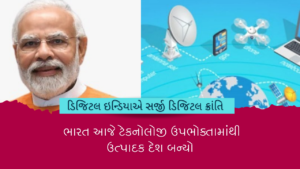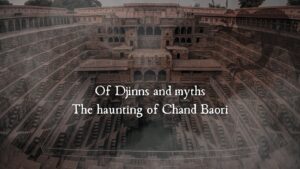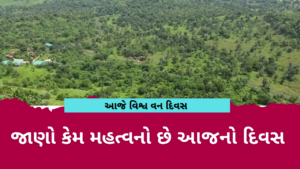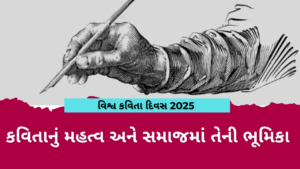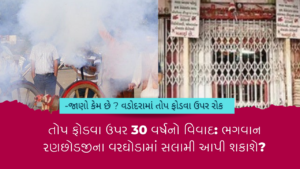– An article by Poojan Patel
COVID-19 has had a devastating impact on the tourism industry, but it has also accelerated the adoption of new technologies, including virtual heritage tours. These digital journeys into the past are revolutionizing the way we explore historical sites and cultural treasures, and they are also having a profound impact on the tourism sector as a whole. In this article, we delve into the world of virtual heritage tours, analyzing their effects on the tourism industry, the key players in virtual tourism, the trending nature of these tours, their potential impact on employment, their contribution to environmental conservation, and how they compare to physical in-person tours. We also consider the preferences of travelers in this rapidly evolving landscape.
Let’s take an example of the ongoing Ganesh Puja, devotees traditionally visit temples and pandals (temporary shrines) to offer prayers and seek blessings from Lord Ganesha. However, in recent years, many temples have started offering Online Ganpati Darshan as an alternative for those unable to attend in person. This has been particularly crucial during times of the COVID-19 pandemic, when physical gatherings were restricted.
Online Ganpati Darshan relies on various technologies to bring the divine experience to devotees’ screens. High-definition cameras, live streaming, and 360-degree panoramic views are employed to offer an immersive and real-time glimpse of the deity. Some platforms even offer interactive features, allowing devotees to make offerings virtually and receive blessings online.
The Impact on Traditional Religious Practices: The development of Online Ganpati Darshan has aroused controversy regarding its impact on traditional religious practices. While some purists say that virtual worship lacks the authenticity and purity of physical presence, others see it as a novel and accessible tool for people to engage with their faith. It has also enabled believers from all over the world to participate in the celebration, breaking down geographical barriers.
Virtual Heritage Tours and Their Impact on Tourism:
Virtual heritage tours transport us to a world where history comes to life at the click of a button. They provide an immersive experience, allowing individuals to explore ancient ruins, historical landmarks, and cultural exhibits from the comfort of their homes. This convenience has been a game-changer in the tourism industry, particularly for travelers seeking to preview destinations before making travel plans. It serves as an enticing marketing tool, enticing potential tourists to embark on physical visits.
Who are the Key Players in Virtual Tourism?
Several companies have emerged as leaders in the virtual tourism business. Matterport, for example, offers advanced 3D virtual tour solutions, enabling the creation of detailed and interactive digital representations of heritage sites. Roundme specializes in 360-degree panoramic virtual tours, making it ideal for showcasing historical locations. Kuula and Concept3D also play pivotal roles, providing versatile tools for creating and sharing immersive experiences. Google’s Tour Creator offers a free and user-friendly platform for educators and heritage enthusiasts. These companies have played a vital role in shaping the virtual heritage tour landscape.
The Trending Nature of Virtual Tours:
The trending nature of virtual heritage tours can be attributed to several factors. First, they cater to our digital age, where information is readily accessible online. Travelers increasingly rely on the internet for research and planning. Second, the COVID-19 pandemic accelerated the adoption of virtual tours, as lockdowns and travel restrictions prompted a surge in online exploration. Third, the technology supporting virtual tours has become more accessible and affordable, empowering more individuals and organizations to create and share these experiences.
What is the Potential Impact of Virtual Heritage Tours on Employment?
Virtual heritage tours could have a positive impact on employment in the tourism sector. These tours require a variety of skills to create and deliver, including:
- 3D scanning: 3D scanning is a relatively new technology, and there is a growing demand for 3D scanning specialists.
- Photography: Virtual heritage tours require high-quality photography and videography. This means that there is a growing demand for photographers and videographers who specialize in virtual tourism.
- Storytelling: Virtual heritage tours should be engaging and informative. This means that there is a growing demand for storytellers who can craft compelling narratives about historical sites and cultural artifacts.
Employment Impact:
Concerns have arisen about whether virtual heritage tours will lead to job losses in the tourism sector. While the digitalization of tourism may affect some traditional roles, it also creates opportunities in fields like virtual tour creation, content development, and digital marketing. The shift toward virtual experiences may lead to a redistribution of jobs within the industry rather than a significant loss.
Environmental Conservation:
One unexpected positive outcome of virtual heritage tours is their contribution to environmental conservation. With fewer in-person visitors, historical sites and natural habitats face reduced foot traffic, helping to preserve fragile ecosystems and minimize wear and tear on cultural treasures. Additionally, the reduction in travel-related carbon emissions is a step toward a more sustainable future for tourism.
Incomparable Nature of Virtual vs. Physical Tours:
While virtual heritage tours offer remarkable access and convenience, they cannot replicate the sensory and emotional richness of physical in-person tours. The smells, tastes, and cultural interactions are irreplaceable aspects of travel. Moreover, many travelers view physical visits as opportunities for personal growth and self-discovery, which virtual experiences cannot fully satisfy.
Virtual heritage tours have ushered in a new era of tourism, offering exciting opportunities and challenges. They are transforming the industry, allowing for increased accessibility, innovative marketing, and environmental conservation. While concerns about employment impacts persist, the shifting landscape also opens doors for new roles and opportunities. Ultimately, the choice between virtual and physical tours depends on individual preferences and the nature of the travel experience sought. As the tourism industry continues to evolve, it remains a thrilling journey into the past, present, and future of exploration.

